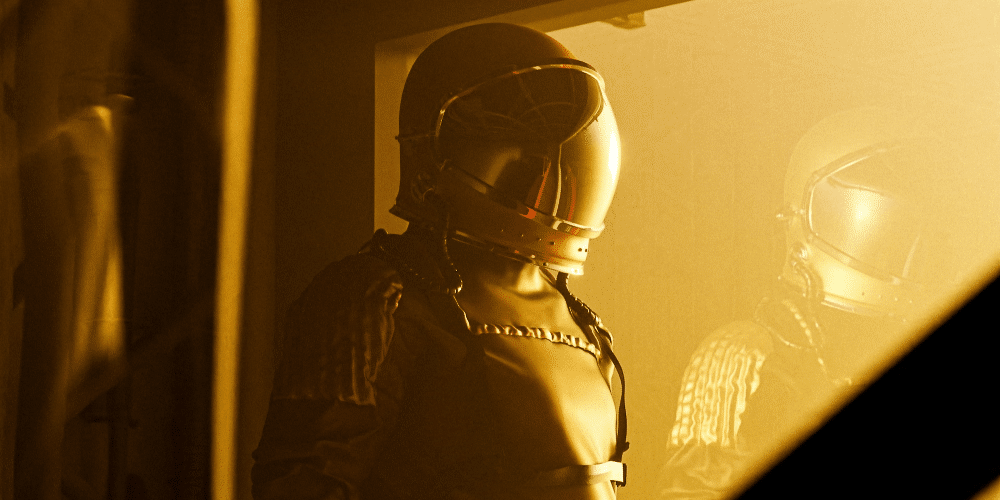Marijuana is commonly considered to be a harmless drug in today’s society. That becomes more apparent with each passing election. So far, fifteen states have legalized recreational use for adults over 21 years of age. Using marijuana for medical purposes is legal in thirty-four states in the nation.
It’s becoming more apparent with each passing election that the majority of Americans consider marijuana to be a “harmless” drug. That’s putting employers in a tough spot because whether it’s legal or not, marijuana inhibits clear thinking and slows response time.
Are they considering employers at all?
Obviously, society as a whole isn’t too concerned about where employers are left standing in the face of legalization. In fact, many people think that legal marijuana means that employers will no longer test for the drug.
Actually, some employers are choosing to remove marijuana from their test panels. Mainly, because they’re having trouble hiring people. Applicants who are otherwise qualified to accept the position can’t make it past the pre-employment drug test because they smoke pot.
Of course, the majority of business owners will continue to drug test as long as it remains on the federal government’s controlled substances list. Thankfully, lawmakers don’t prohibit employers from testing for marijuana—with a couple of exceptions anyway.
Governing officials in both New York City and the State of Nevada passed laws banning employers from including marijuana on their pre-employment drug tests. They took effect during 2020. Both governments have carve-outs in place regarding safety-sensitive positions. That leaves employers regulated by the DOT in the clear, however, the measure might benefit all employers.
A leg to stand on
In addition to safety-sensitive positions including firefighters, emergency personnel, and drivers, the Nevada law includes that workers who “in the determination of the employer, could adversely affect the safety of others.”
The New York City law has a broader list of exceptions. One of them is that employers may continue to test for marijuana “in any position with the potential to significantly impact the health or safety of employees or members of the public,”
In light of the safety carve-outs, employers were encouraged to look at each job description and consider the safety aspect of each. If there was a way to link the position to a safety issue, it was documented within the description. This could allow continued pre-employment drug testing should the position open up.
Will the ban on pre-employment drug testing pave the way for other state and local governments to follow suit? Moreover, the federal government has several pending bills introduced that will remove marijuana from the controlled substances list entirely.
“So far, leaving marijuana legalization at the state level isn’t working out well for companies operating in multiple states,” said David Bell. CEO of USA Mobile Drug Testing. “One reason being when laws vary from state to state, it makes it difficult to maintain a company-wide drug testing policy.”
If marijuana is legal in your state, remain vigilant and stay abreast of the rapidly changing laws in regard to the company drug test.
It’s all about that test
Sometimes it appears that state and local governments pass laws that benefit the employee far more than the employer. Largely in part, due to lobbyists and advocates pressuring lawmakers to force employers to drop marijuana from employee drug tests entirely.
Their reasoning is that current testing methods identify drug metabolites rather than the parent drug itself.
“Like everything we ingest, the body metabolizes drugs and leaves metabolites behind awaiting excretion,” Bell explained. “Employers choose the urine test far more often than any other because it’s the most cost-effective. Unfortunately—for those who use marijuana anyway—the metabolites stow away in the fat cells. The body doesn’t release them as rapidly as other drug metabolites.”
The length of time that the three common testing methods identify marijuana differs considerably.
- Urine drug tests identify marijuana in the system for up to 45 days or longer for heavy users. Those who use less frequently test positive for at least three days up to several weeks. It all depends on the frequency of use.
- Mouth swab tests detect marijuana use immediately after smoking up to approximately 24 hours later. Some think that because it identifies the drug so quickly, it’s a test for current impairment. That isn’t so. There is no way to determine if the employee used just prior to the test or is nearing the end of the 24 hour period.
- Hair follicle testing identifies any drug use for a three month period. It takes a few days for the metabolites to begin growing out into the hair though.
Having a test for current impairment would make employers’ lives much easier.
It won’t be long now
Several companies have been working on creating a marijuana breathalyzer. Hound Labs, a company in northern California, partnered with the University of California in San Francisco nearly ten years ago. They determined that marijuana is, indeed, detectable on the breath. Moreover, it’s traceable for approximately the same amount of time that the user is impaired.
With that information in the bag, scientists got to work. It took a while to figure out the science of it all, however, it’s nearing the end of the clinical trials and set to hit the market within the next few months.
Finally, a test that detects current impairment!
It can be the game-changer.
The ability to detect current impairment is going to make a huge difference. Your company won’t have to wrestle with the decision of whether or not to stop testing for the drug. Moreover, it’s going to silence those who are loudly voicing the opinion that employers shouldn’t be allowed to test for it at all.
Marijuana affects thinking and motor skills—both of which need to be unencumbered in the workplace. The rule-breakers are at a higher risk of being involved in an accident. It places those around them at a higher risk as well.
Besides, everyone knows that you don’t go to work under the influence of drugs or alcohol.
Did recreational legalization cause a murmur of discontent in your organization’s culture? Adding a marijuana test for current impairment to your drug-free policies allows for treating marijuana the same as we treat alcohol.
Will lawmakers still consider taking action to keep us from testing potential new hires for the drug due to right to privacy issues?
Maybe.
However, a test for current impairment certainly puts a whole new spin on things. Being able to identify current impairment rather than prior use should put the ball right back in our court.
Waiting with bated breath
The marijuana breathalyzer is going to fly off the shelves when they finally hit the market sometime this year.
In the meantime, your managers and supervisors are trained to recognize signs of drug use. If drug use is suspected and a reasonable suspicion test necessary, knowing how to approach the situation will certainly make it less stressful. Reviewing policies and procedures and reminding management to follow them to the “t” helps.
Some signs of marijuana use are:
- Strong, telltale odors
- Questionable movements
- Red eyes
- Confused or blank facial expressions
- Trouble with comprehension
- Sleepiness or drowsiness
If you’re planning to start a drug-free program, have all your policies documented before you begin testing. Notify your employees when the program begins, what method you will use, and the drugs that you’re going to test for.
Overall, you have drug-free programs in place to promote safety in the workplace. Statistics show that drug use also lowers productivity and increases absenteeism. As a matter of fact, when word gets out that there is a drug test, it acts as a deterrent because most who use drugs won’t even bother to apply.
Having a drug-free program shows your employees that you care about their well-being and want to provide them with the best possible work environment.






